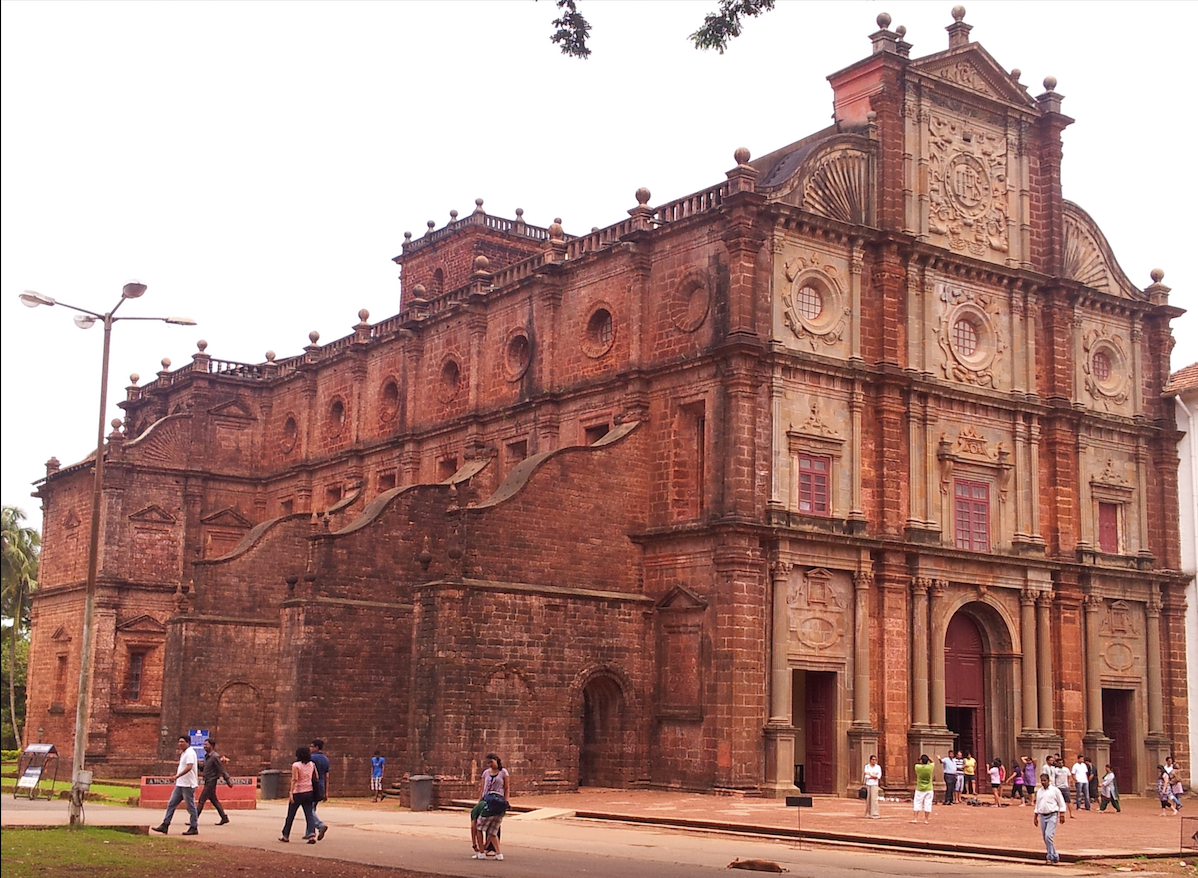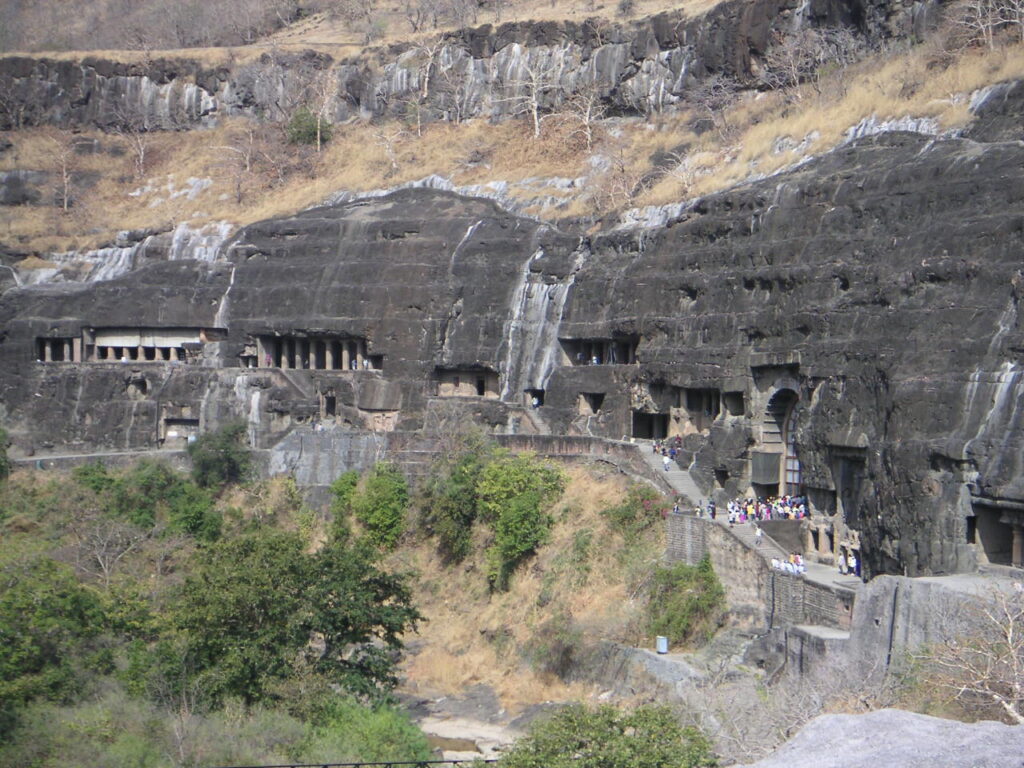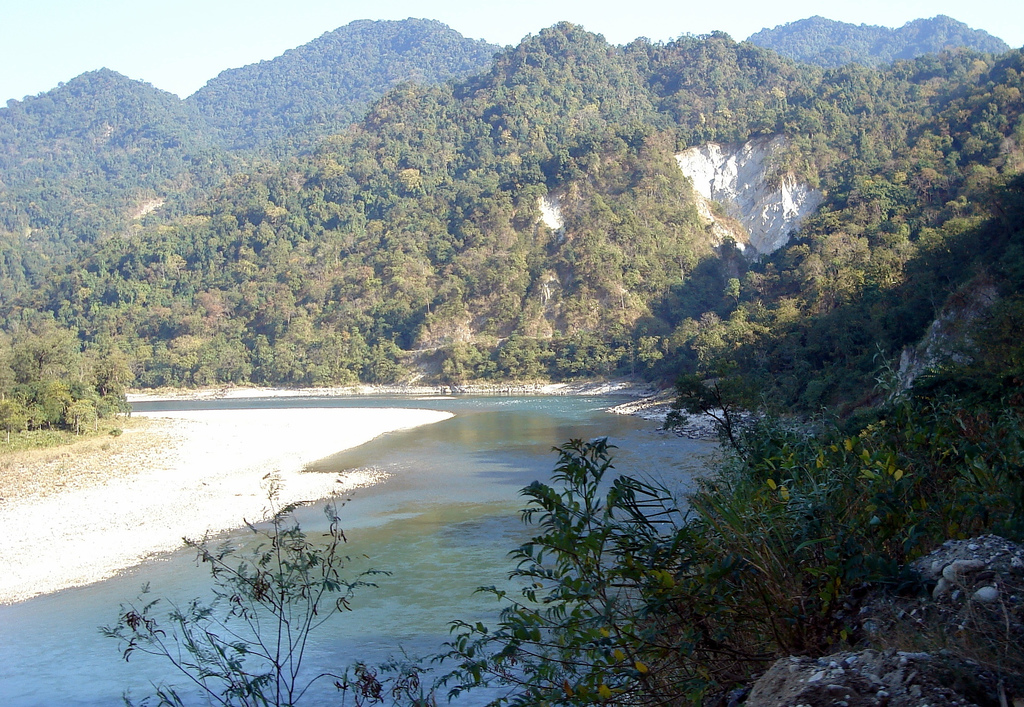Introduction
The Churches and Convents of Goa, a UNESCO World Heritage Site since 1986, stand as enduring symbols of the rich cultural and religious heritage brought by the Portuguese during their colonial rule in India. Located primarily in Old Goa, these magnificent structures reflect the blend of European architectural styles with local influences, offering a glimpse into the region’s historical and spiritual journey. This collection of religious monuments is not only significant for its architectural grandeur but also for its role in the spread of Christianity in Asia.
Historical Background
Goa, once a bustling center of trade and culture, became a prominent Portuguese colony in 1510 when Afonso de Albuquerque captured it from the Sultan of Bijapur. Under Portuguese rule, Goa flourished as a vital port and missionary hub. The Jesuits, Franciscans, and other religious orders established numerous churches, convents, and seminaries to promote Christianity and serve the spiritual needs of the European and local populations.
The architectural splendor of these religious structures reflects the wealth and influence of the Catholic Church during this period. The churches and convents were built in various styles, including Manueline, Mannerist, and Baroque, often incorporating Indian elements. This fusion created a unique architectural heritage that continues to attract scholars, historians, and tourists from around the world.
The Major Churches and Convents
Basilica of Bom Jesus
The Basilica of Bom Jesus is perhaps the most famous church in Goa, known for housing the mortal remains of St. Francis Xavier. Constructed between 1594 and 1605, this basilica is a prime example of Baroque architecture in India. The facade, made of laterite stone, features intricate carvings and a mix of Doric, Ionic, and Corinthian elements.
The interior of the basilica is equally impressive, with a richly decorated altar and a silver casket containing the relics of St. Francis Xavier. The basilica is a pilgrimage site for Catholics worldwide and a key attraction for visitors to Goa.
Se Cathedral
The Se Cathedral, also known as St. Catherine’s Cathedral, is one of the largest churches in Asia. Built to commemorate the victory of Afonso de Albuquerque, which led to the capture of Goa on St. Catherine’s Day in 1510, the cathedral’s construction began in 1562 and was completed in 1619.
The Se Cathedral is a stunning example of Portuguese-Manueline architecture. Its facade features a mix of Tuscan and Corinthian styles, while the interior is adorned with intricate woodwork and gilded altars. The cathedral also houses the famous Golden Bell, known for its rich tone and considered one of the best in the world.
Church of St. Francis of Assisi
Adjacent to the Se Cathedral, the Church of St. Francis of Assisi was built in 1661 by the Portuguese. This church combines elements of Tuscan, Baroque, and Mannerist styles. The facade is adorned with a statue of St. Michael and is flanked by two octagonal towers.
The interior of the church features intricate frescoes depicting scenes from the life of St. Francis of Assisi, elaborate wood carvings, and a richly decorated main altar. The church also includes an archaeological museum that houses artifacts from Goa’s history.
Church of Our Lady of the Immaculate Conception
Located in the heart of Panaji, the capital of Goa, the Church of Our Lady of the Immaculate Conception is one of the oldest churches in Goa. Originally built in 1541 as a chapel, it was reconstructed in 1619 to its present form. The church is known for its distinctive white facade and grand staircase.
The interior of the church is relatively simple compared to other Goan churches, but it features a beautiful main altar dedicated to Our Lady of the Immaculate Conception. The church is especially popular during the Feast of the Immaculate Conception, celebrated on December 8th each year.
Church of St. Cajetan
Modeled after St. Peter’s Basilica in Rome, the Church of St. Cajetan was built by Italian friars of the Theatine Order in 1661. The church is an example of Corinthian architecture with a majestic facade featuring large pilasters and an elaborate pediment.
The interior of the church is equally grand, with a high vaulted ceiling, a central dome, and beautifully carved wooden altars. The church is dedicated to St. Cajetan, a contemporary of St. Francis Xavier and the founder of the Theatine Order.
Convent and Church of St. Monica
The Convent and Church of St. Monica, built in the early 17th century, is one of the largest convents in Goa. The convent, which now houses the Mater Dei Institute for nuns, was once a vibrant center of religious learning and community life.
The church, dedicated to St. Augustine, is known for its impressive architecture, including a large barrel-vaulted ceiling, intricately carved altars, and beautiful frescoes. The convent and church together represent the rich spiritual and educational traditions of the region.
Church of St. Augustine
The ruins of the Church of St. Augustine are a poignant reminder of Goa’s glorious past. Built in 1602, this church was once one of the largest in Goa but fell into disrepair after the Augustinian order was expelled in 1835. Today, only the 46-meter high bell tower and a few remnants of the original structure remain.
Despite its ruined state, the Church of St. Augustine is a UNESCO World Heritage Site and a symbol of the resilience of Goa’s cultural heritage. The site continues to attract visitors who marvel at the remnants of its architectural grandeur.
Architectural Styles and Influences
The Churches and Convents of Goa showcase a fascinating blend of European architectural styles, adapted to the local context and materials. The primary styles include Manueline, Mannerist, Baroque, and Gothic, with distinctive Portuguese influences.
Manueline Style
The Manueline style, named after King Manuel I of Portugal, is characterized by ornate, intricate designs that incorporate maritime elements, reflecting Portugal’s seafaring heritage. This style is evident in the elaborate carvings and decorations found in many Goan churches, particularly in the Basilica of Bom Jesus.
Mannerist Style
The Mannerist style, which emerged in the late Renaissance period, is characterized by its use of classical forms with exaggerated proportions and unconventional compositions. The Church of St. Francis of Assisi and the Church of St. Cajetan are notable examples of Mannerist architecture in Goa.
Baroque Style
The Baroque style, known for its grandeur, drama, and exuberance, is a dominant feature in many of Goa’s churches. The Se Cathedral and the Church of St. Francis of Assisi showcase the opulence and intricate detailing typical of Baroque architecture, with lavish altars, gilded decorations, and elaborate frescoes.
Gothic Style
Although less prevalent, elements of Gothic architecture can be seen in the pointed arches, ribbed vaults, and flying buttresses of some Goan churches. The use of Gothic features adds to the diversity and richness of Goa’s architectural heritage.
Cultural and Religious Significance
The Churches and Convents of Goa are not just architectural marvels but also hold profound cultural and religious significance. They have played a crucial role in the spread of Christianity in Asia and continue to be important centers of worship and pilgrimage.
Spread of Christianity
The establishment of churches and convents in Goa was a key strategy in the Portuguese efforts to spread Christianity in Asia. Missionaries, particularly the Jesuits, Franciscans, and Dominicans, used these institutions as bases for their evangelistic activities, reaching out to the local population and beyond. The legacy of these efforts is evident in the significant Christian population in Goa today.
Centers of Education and Culture
Many of the convents and seminaries in Goa were important centers of education and cultural exchange. They provided training for local clergy and served as hubs of intellectual and artistic activity. The influence of these institutions extended beyond religious instruction to include contributions to literature, music, and the arts.
Pilgrimage and Festivals
The churches of Goa are central to the religious life of the local Christian community and attract pilgrims from across India and the world. Major festivals, such as the Feast of St. Francis Xavier, the Feast of the Immaculate Conception, and Christmas, are celebrated with great fervor and draw large crowds. These events are marked by processions, masses, and cultural performances, highlighting the deep spiritual and cultural ties that bind the community.
Conservation and Challenges
Preserving the Churches and Convents of Goa is a complex task that involves addressing various challenges, including environmental factors, urbanization, and the pressures of tourism.
Environmental Factors
The tropical climate of Goa, characterized by heavy monsoon rains and high humidity, poses significant challenges to the conservation of these historic structures. Moisture and biological growth can cause deterioration of building materials, while seasonal flooding can damage foundations and interiors. Conservation efforts must focus on protecting the structures from these environmental impacts through regular maintenance and the use of appropriate conservation techniques.
Urbanization and Development
Rapid urbanization and development in and around Old Goa have led to increased pressures on the historic sites. Encroachment, pollution, and changes in land use can adversely affect the integrity of the monuments and their surroundings. Balancing the needs of development with the preservation of heritage requires careful planning and regulation.
Tourism Management
While tourism brings economic benefits and raises awareness about Goa’s cultural heritage, it also poses challenges in terms of managing visitor impact. Overcrowding, inappropriate behavior, and lack of awareness among tourists can lead to physical damage and deterioration of the sites. Sustainable tourism practices, including visitor education, controlled access, and the development of infrastructure that minimizes impact, are essential for the long-term preservation of these historic monuments.






